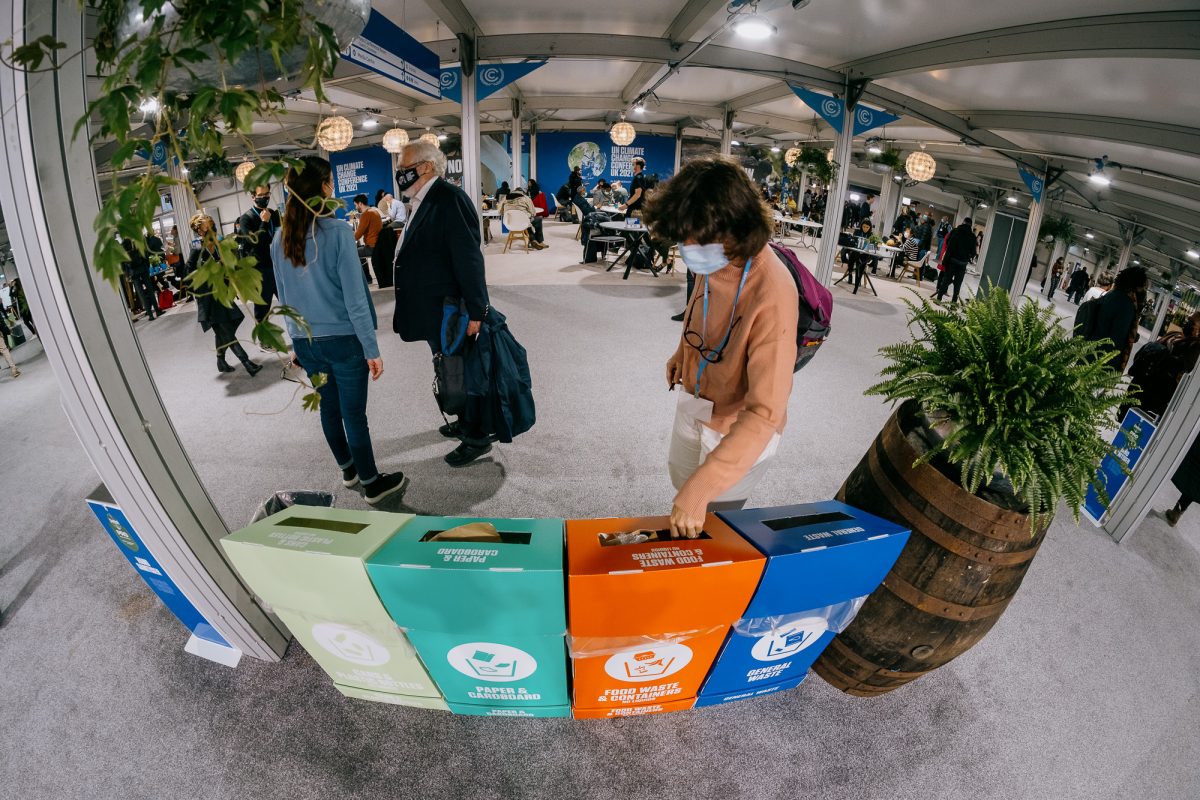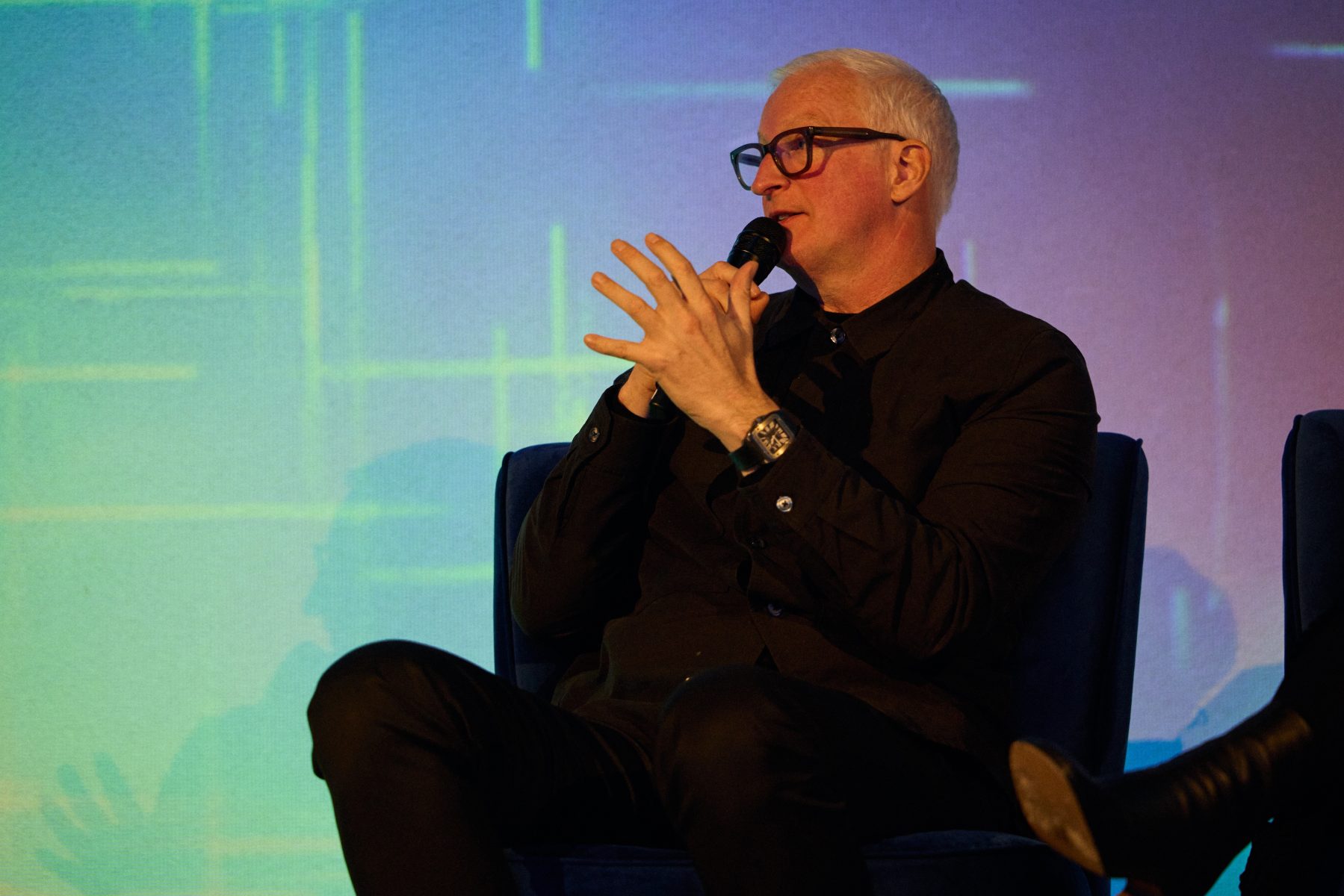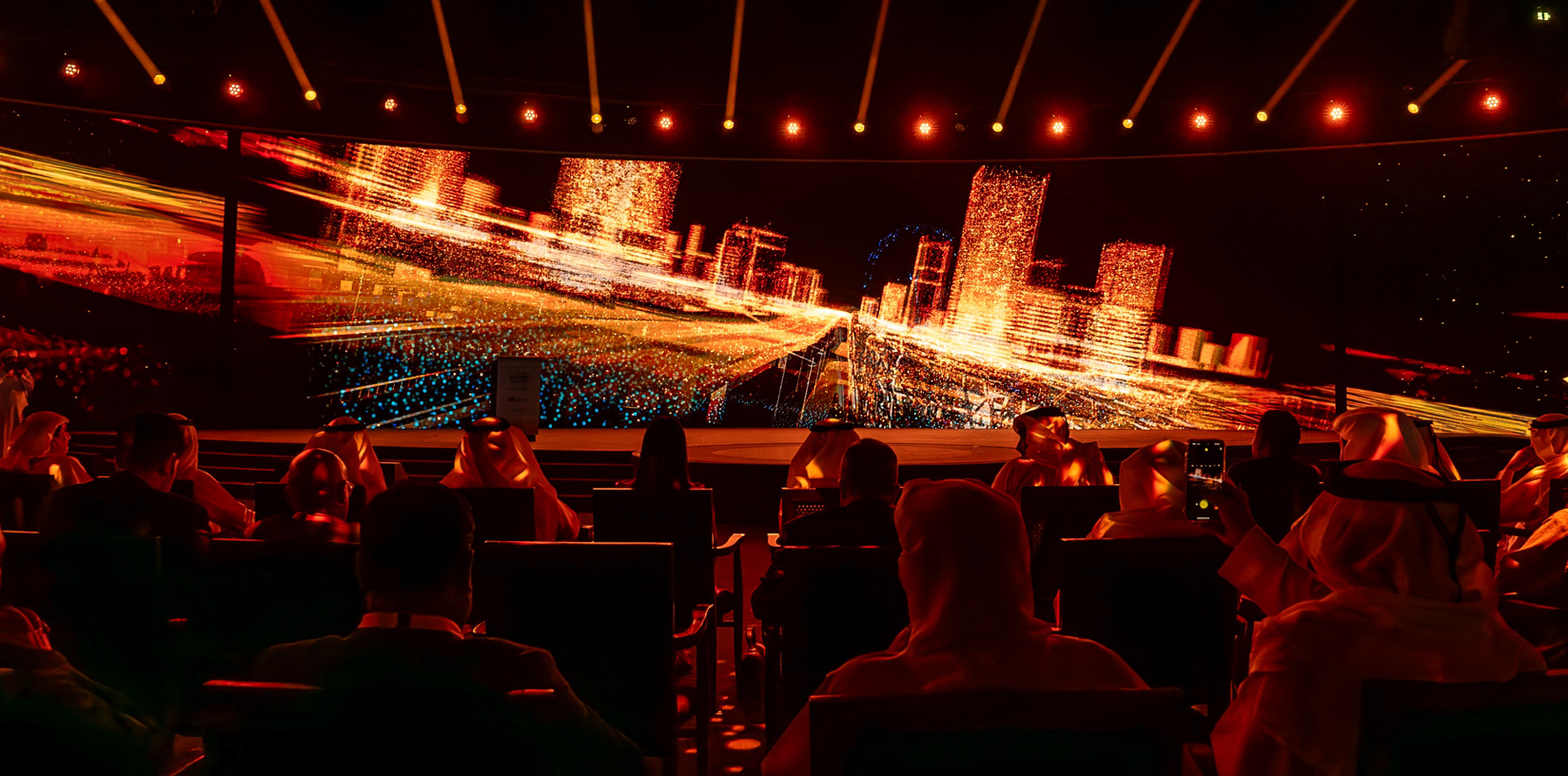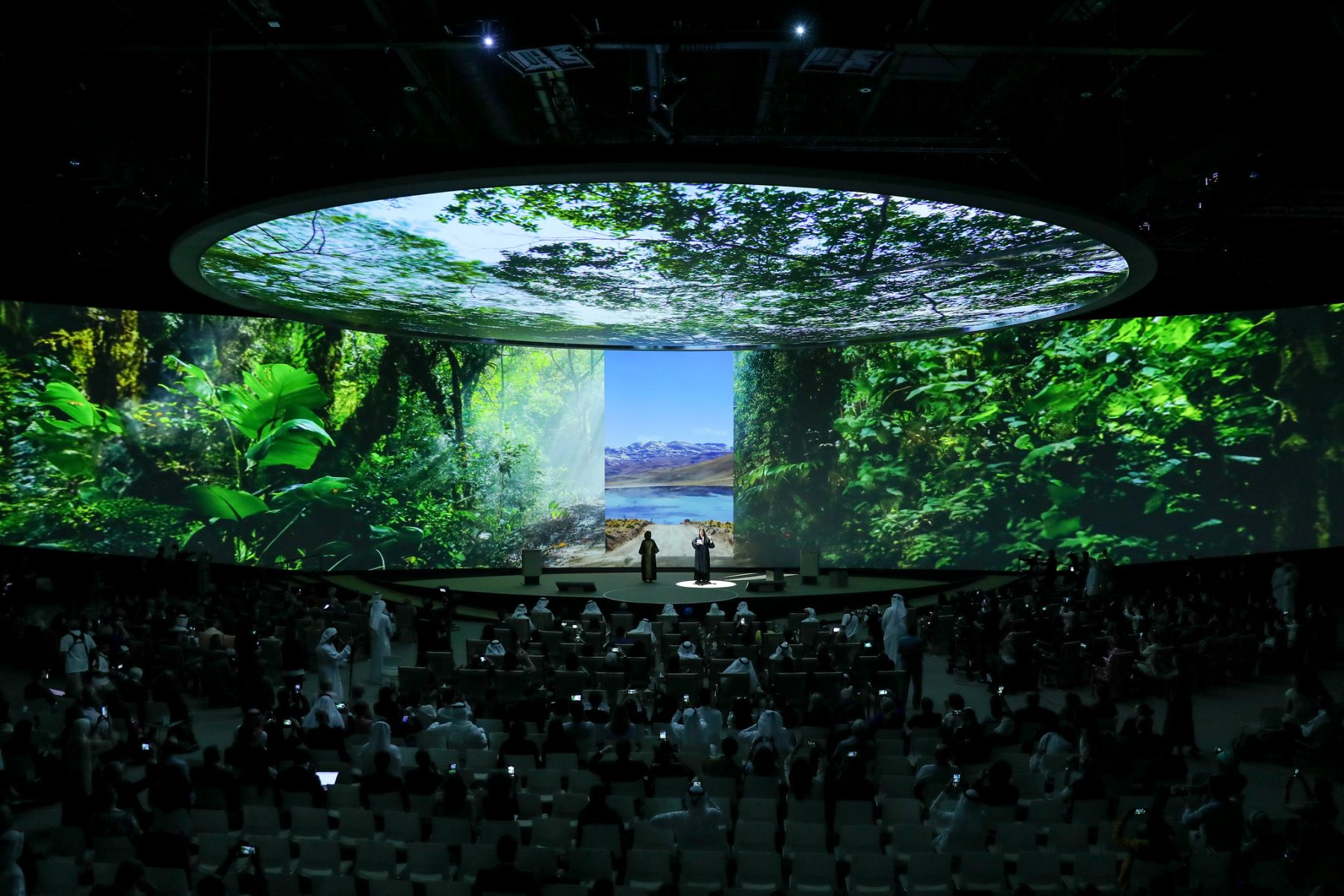5 practical event hacks inspired by Recycle Week 2022

It’s big, it’s back, and it’s better than ever. That’s right, it’s Recycle Week 2022 – lasting 17-23 October. A sustainability event that’s proven to inspire real change, with 82% of people who saw last year’s content (the campaign had 29 million digital impressions) saying they’d changed their behaviour as a result.
This year the theme is “Let’s Get Real”. Its goal being to challenge various myths around recycling, and to focus in on practical hints and hacks. Always on the look-out to help share best practice, Identity has taken Recycling Week’s rallying call and applied it to the world of live events.
So…ready to get real?
5 top recycling tips
Peruse Identity’s blog posts over the past few years and you’ll find many on the topic of sustainability. Recycling sits at the centre of this concern, asking as it does 3 key questions of any activity we complete for our clients:
- Can we reduce materials and energy use, without compromising the audience’s experience?
- Can we re-use, rather than designing for disposal/landfill at the end of life?
- What can we recycle to help minimise waste?
In searching for the answers to these questions, a body of “can do” insight emerges, and below we’ve highlighted 5 top tips born from our experiences of delivering such large-scale events as COP26 and the G7 Summit in Cornwall.
#1 Treat single-use plastics like they are the seed of the devil
OK, so maybe not go that far, but you get the picture. Think badges, lanyards, cutlery, food packaging, display stands etc. – and of course the ever-present scourge of plastic water bottles.
With careful consideration, you can soon reduce the use of items such as plastic knives and forks with wooden alternatives, and bottles with glasses and water dispensers etc. Lanyards, signage, and stands can also be designed for re-use across multiple events, with clear recycling points able to capture those plastics still in use before they leave the building.
#2 Put local first
Aside from giving a boost to local suppliers and showcasing what they offer, sourcing local can also help dial up your recycling credentials. Imagine for example, the ability to access delicious local and seasonally-sourced menus from businesses providing eco-friendly solutions such as recyclable packaging and chlorine-free paper. Plus, there’s the added benefit that ‘close-by’ suppliers have less miles to travel, which in turn helps cut back on the carbon footprint of any event.
#3 Put paper in the proverbial rubbish bin (rather than a real one)
Many a tree has been sacrificed to the paper gods of live events. With the outputs ranging from printed brochures for inclusion in welcome packs, to menus and itineraries – with a standard industry estimate being that 60% of it will get thrown away unread.
Yet many options exist for cutting back on paper, including:
- Create an event app that displays timings, schedules, session details etc. An approach that both removes the need for paper print outs and enables attendees to receive more personalised alerts and content.
- Send literature to attendees’ devices in real-time via Bluetooth or email, display key content such as PDFs, and only print hard copies on request (using FSC certified paper)
- Use options like e-tickets or digital passes for attendance, and provide delegate name tags etc. that can be re-used at future events
#4 Get busy hiring and inspiring
The choice and quality of items available for event organisers to rent has grown massively in recent years. Today, catalogues are bursting full of items ranging from chairs and tables to fully developed set designs. The use of each is an act of recycling in itself.
Not that catalogues alone are the answer. Many event venues have items such as stages and reception areas that don’t always need to be reproduced. Certain organisations will always want bespoke and new, but interestingly at a recent event one client chose the existing stage – despite it looking ‘tired’ at best – because it made more environmental sense. Priorities are certainly changing.
#5 Apply a recycling mindset to every aspect of an event
The different actions listed above are not just for the ‘front end’ of a conference or show as experienced by attendees. Critically, they also need to be present before, during, and after an event is run. For example, on-site crews building the stands, laying the carpet etc., also need catering and the like.
Removing plastics here (by encouraging the use of on-site cutlery etc.), should also go hand-in-hand with a general encouragement of good recycling practices – from the use of bungee cords rather than cable ties, to the use of bubbleboard signage that’s 100% recyclable.
Summing it all up
Recycling Week acts as an important reminder that every industry, organisation, and individual has a role to play in reducing waste, landfill, and pollution. It’s a task faced by everyone, made easier when we’re able to share and learn from the latest ideas and proven solutions.
To ensure your next event is able to combine the sustainable with the memorable, get in touch today.







